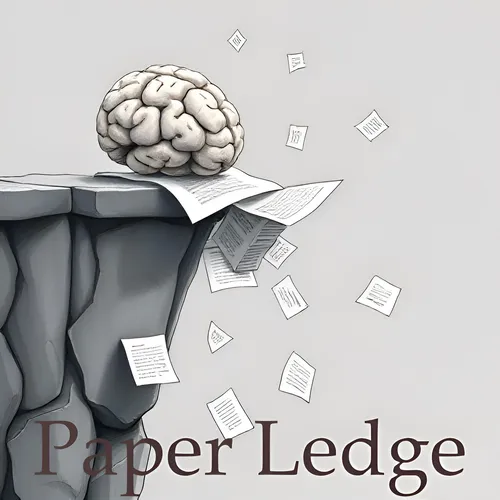Robotics - OVGrasp Open-Vocabulary Grasping Assistance via Multimodal Intent Detection
- Author
- ernestasposkus
- Published
- Fri 05 Sep 2025
- Episode Link
- https://www.paperledge.com/e/robotics-ovgrasp-open-vocabulary-grasping-assistance-via-multimodal-intent-detection/
Hey PaperLedge crew, Ernis here, ready to dive into some seriously cool tech that's all about helping people regain their independence. We're talking about robotic exoskeletons, specifically for the hand. Imagine someone who's had a stroke, or has arthritis, and struggles to grip things. This research is aiming to give them back that ability.
The paper we’re looking at today introduces something called OVGrasp. Think of it as a super-smart assistant built into a glove-like exoskeleton. It's not just about squeezing something; it's about understanding what you want to grab, and how you want to grab it, even if it's something the system has never seen before!
Now, how does OVGrasp actually do all this? That's where the really clever stuff comes in. It's a multi-layered system, like a cake, with each layer handling a different task:
Eyes and Ears: First, it uses a camera (RGB-D vision – basically, it sees color and depth) to see the world around it. It also listens to you! You can tell it what you want using voice commands or even just describe it. Think of it like giving a verbal prompt, like "Grab the red apple".
Brain Power: This is where the "open-vocabulary" part comes in. OVGrasp uses a fancy AI model that can understand descriptions of objects it's never seen before. It’s like if you asked a friend to grab "that thingamajig" and they actually knew what you meant! It’s pre-trained on a massive dataset of images and text, which allows it to generalize to new and unseen objects. This is HUGE because it means the system doesn't need to be specifically trained on every single object in your house!
Decision Time: Finally, there's a "multimodal decision-maker" that combines what the system sees with what it hears (your voice commands) to figure out exactly what you want to do – grasp, release, etc. It’s like having a really attentive assistant who understands your intentions even if you don’t say them perfectly clearly.
So, they built this exoskeleton, slapped it on ten volunteers, and had them try to grab 15 different objects. The results were really promising! They measured something called a "Grasping Ability Score" (GAS), and OVGrasp hit 87%! That means it was successful in helping people grasp objects nearly 9 out of 10 times, which is better than other similar systems. Plus, the way the exoskeleton moved aligned more closely with how a natural hand would move.
This isn't just about robots grabbing things. It's about empowering people to live more fulfilling lives. – Ernis (imagined quote)
Why does this matter? Well, for people with motor impairments, this could be life-changing. Imagine being able to cook a meal, hold a book, or simply hug a loved one again. But even beyond that, this research pushes the boundaries of what's possible with AI and robotics. It shows us how we can create systems that are more adaptable, more intuitive, and more helpful in real-world scenarios.
This technology also opens doors for exploration in dangerous environments. Imagine a bomb disposal expert using an OVGrasp-like system to manipulate objects from a safe distance, or a scientist using it to collect samples in a hazardous environment.
Here are a couple of things that popped into my head while reading this paper:
How could we make this technology even more personalized? Could it learn individual user preferences and adapt its grasping style accordingly?
What are the ethical considerations of using AI to assist with physical tasks? How do we ensure that these systems are used responsibly and don't replace human interaction?
That’s OVGrasp for you – a glimpse into the future of assistive technology. I'm excited to see where this research goes next. What do you think, crew? Let me know your thoughts in the comments!
Credit to Paper authors: Chen Hu, Shan Luo, Letizia Gionfrida
